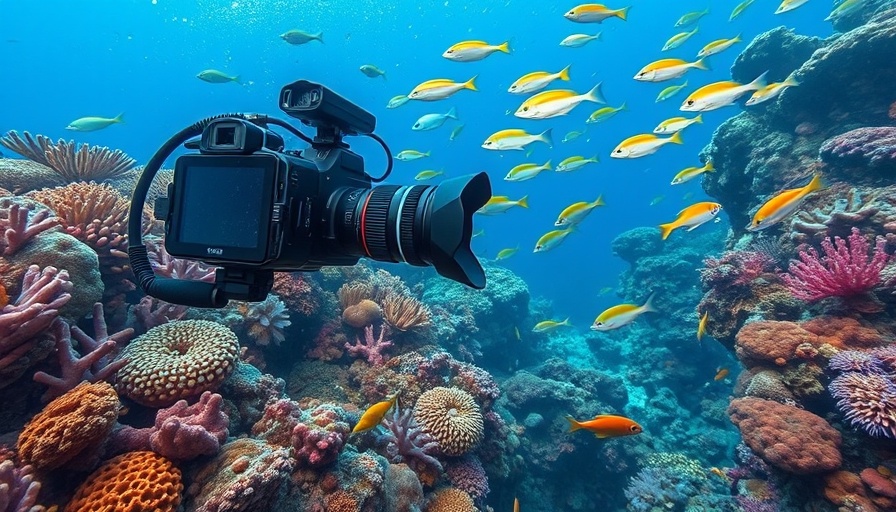
Revolutionizing Coral Restoration: How Underwater 'Doorbell' Cameras Combat Coral-Eating Fish
Marine scientists in Florida are leveraging innovative technology to combat the alarming decline of coral reefs, using surveillance cameras reminiscent of doorbells to capture predatory fish in their eating habits. The project, primarily located at Paradise Reef near Key Biscayne, aims to tackle the steep decline in coral cover by identifying fish species that hinder reef recovery.
Understanding the Decline of Coral Reefs
Coral reefs, vital to marine ecosystems, have seen a tragic 90% reduction in cover in Florida since the 1970s. This degradation stems primarily from environmental pressures such as global warming and pollution, leading to events of severe coral bleaching. The recent summer heatwaves have exacerbated this issue, highlighting the urgent need for effective restoration strategies.
How Fish Predation Affects Coral Restoration
A key focus of this research is the predation on newly outplanted corals, which emerged as a significant bottleneck for restoration efforts. Leading the research, Diego Lirman from the University of Miami noted that without understanding which fish species are devouring these corals, effectively managing restoration becomes challenging. Their studies revealed that three main species—the redband parrotfish, foureye butterflyfish, and stoplight parrotfish—are responsible for over 97% of coral predation.
Innovative Surveillance Technology
Utilizing a custom-designed coral-baited remote underwater video system (C-BRUVS), scientists recorded the activities of predatory fish. These devices, outfitted with GoPro cameras encased in waterproof shells, provided time-lapse footage of the coral and fish interactions. After detailed analysis, it was determined that the redband parrotfish accounted for 56.3% of the bites, followed by foureye butterflyfish at 36.9% and stoplight parrotfish at 4%. This insight allows researchers to make informed decisions on which coral types to plant in coral restoration efforts.
Future Directions in Coral Conservation
The findings not only illustrate the critical role that fish play in coral ecosystem dynamics but also present future opportunities. Lirman indicated that the integration of artificial intelligence into their observational methods could streamline video analysis, making it easier to identify behaviors of coral-eating species. Results from this study could lead to a paradigm shift in how reef restoration is approached, focusing on specific locations and coral varieties to minimize losses from predation.
Implications for Homebuyers and Investors
As homeowners, sellers, and property investors in the Dumfries market seek sustainable living options, understanding the broader implications of marine health becomes crucial. Healthy coral reefs contribute to thriving marine environments and, indirectly, can enhance coastal property value. Investing in sustainable properties aligned with conservation efforts can be both environmentally beneficial and economically wise.
Act Now: Engage in local conservation efforts or educational initiatives to ensure healthy ecosystems not only for marine life but for future generations. By understanding the importance of coral reef restoration, you can contribute to meaningful change in your community.
 Add Row
Add Row  Add
Add 





 Add Row
Add Row  Add
Add 








Write A Comment